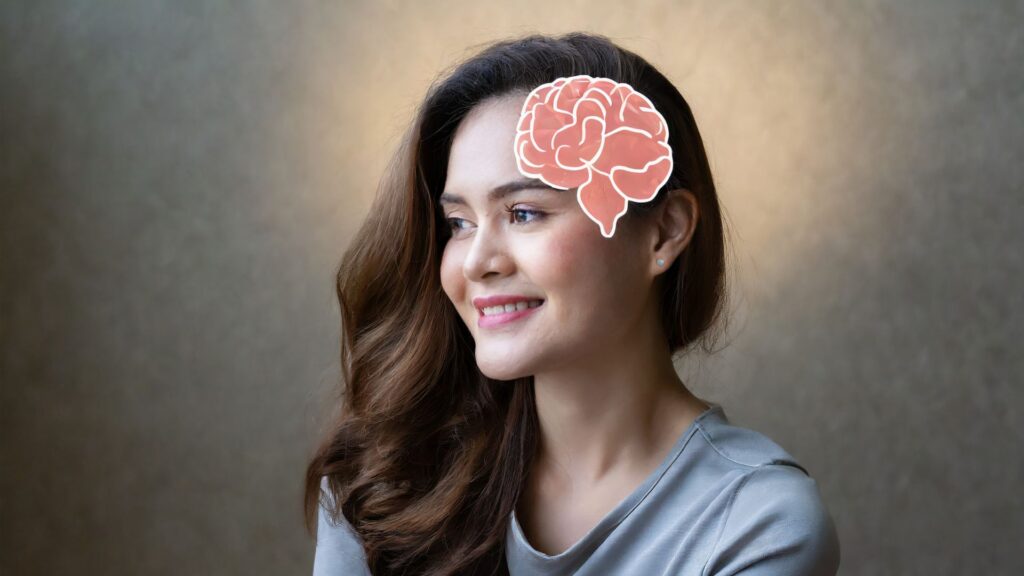Hyperbaric oxygen therapy (HBOT) is a treatment that involves breathing pure oxygen in a pressurized hyperbaric chamber. This therapy has gained attention for its potential to support brain health and improve cognitive function, especially in patients recovering from brain injuries.
This article will explore how HBOT works to enhance brain function, the scientific evidence supporting its use, and its applications in neurological care.

What Is Hyperbaric Oxygen Therapy?
Hyperbaric oxygen therapy (HBOT) involves breathing 100% pure oxygen inside a hyperbaric chamber where the air pressure is increased to two to three times higher than normal atmospheric pressure. This elevated pressure allows oxygen to dissolve more effectively into the blood plasma, increasing oxygen levels in the bloodstream far beyond what is possible by breathing pure oxygen at normal air pressure.
The hyperbaric chamber creates optimal conditions for enhanced oxygen delivery, allowing the increased oxygen to reach brain tissue and other organs more efficiently. This supports cellular repair and metabolic function. Traditionally, hyperbaric medicine has been used to treat conditions like decompression sickness and carbon monoxide poisoning, as well as skin rejuvenation and tissue repair, but hyperbaric oxygen therapy for brain injuries and cognitive function is also now being more widely recognized.
Many hospitals, specialized clinics, and wellness centers offer hyperbaric oxygen therapy, providing accessible options for those seeking this innovative treatment. Wellness centers, in particular, often combine HBOT with other holistic therapies to support overall brain health and recovery.
Mechanisms of HBOT in Brain Function Improvement
The effect of hyperbaric oxygen therapy on brain function is multifaceted. By increasing oxygen levels in the blood, HBOT enhances cerebral blood flow and oxygen delivery to brain cells, which is critical for repairing damaged tissue and supporting neuronal health in patients with severe traumatic brain injury. The therapy activates oxygen- and pressure-sensitive genes that promote neurogenesis (the growth of new neurons) and neuroplasticity, which is the brain’s ability to reorganize and form new neural connections.
HBOT reduces neuroinflammation and oxidative stress by stimulating antioxidant pathways, protecting brain cells from further damage. It also inhibits apoptosis (programmed cell death) and supports mitochondrial function, the energy powerhouses of brain cells. These combined effects promote angiogenesis (the formation of new blood vessels), improving oxygen supply to injured brain areas and facilitating recovery.
Clinical Evidence Supporting HBOT’s Cognitive Benefits
Clinical studies have demonstrated that hyperbaric oxygen therapy improves neurocognitive function in patients with traumatic brain injuries (TBI), including mild traumatic brain injury and severe brain trauma. Research involving brain imaging shows increased brain activity and blood flow in regions responsible for memory, executive function, and emotional regulation after HBOT treatment.
Patients treated with hyperbaric oxygen have reported improvements in memory, attention, and processing speed. In animal models, such as rats with traumatic brain injury, HBOT has shown a protective effect by reducing brain damage and promoting neuronal recovery. As a plus, HBOT has shown promise in improving symptoms of post-concussion syndrome years after mild traumatic brain injury.
Beyond TBI, HBOT is being explored as a therapy for other neurological conditions, including post-traumatic stress disorder (PTSD), stroke recovery, and even neurodegenerative diseases like Alzheimer’s. While more research is needed, early findings suggest that oxygen therapy can improve neurocognitive functions and brain metabolism in these populations.
Applications of HBOT for Brain Health
HBOT is increasingly used as an effective treatment to support recovery from brain injuries and improve cognitive function. Traumatic brain injury patients often receive hyperbaric oxygen therapy as part of a comprehensive treatment plan to enhance brain and neuronal recovery. The therapy may also benefit individuals suffering from persistent post-concussion syndrome by improving oxygen supply to affected brain areas.
In stroke rehabilitation, HBOT promotes healing in hypoxic-ischemic brain damage by increasing oxygenation and stimulating repair mechanisms. For mental health disorders such as PTSD and anxiety, HBOT may reduce symptoms by normalizing brain activity and reducing inflammation.
On top of that, hyperbaric oxygen therapy is being explored as a promising therapy for Alzheimer’s, with early research suggesting it may help improve cognitive function and slow disease progression.

What to Expect During HBOT for Brain Function
A typical hyperbaric oxygen therapy session lasts between 60 to 90 minutes inside a hyperbaric chamber. During the session, patients breathe pure oxygen at increased air pressure, usually two to three times higher than normal. The therapy is non-invasive and generally well-tolerated, with mild side effects such as ear pressure or fatigue being the most common.
Treatment plans vary depending on the condition but often involve multiple sessions over several weeks to achieve optimal cognitive improvements. Safety protocols ensure that hyperbaric oxygen therapy is administered effectively and with minimal risk.
Future Directions and Research
Ongoing research aims to optimize HBOT protocols for different neurological conditions and to better understand the mechanisms behind its cognitive benefits. Scientists are investigating biomarkers that could predict which patients will respond best to therapy. Combining HBOT with other treatments, such as cognitive behavioral therapy or physical rehabilitation, is also being explored to enhance outcomes.
Advances in deep hyperbaric oxygen therapy and personalized treatment approaches hold promise for further improving brain function and neuroplasticity in patients with brain injuries and other neurological disorders.
Final Thoughts from Quantum Wellness Center
Hyperbaric oxygen therapy improves brain function by increasing oxygen delivery to brain tissue, promoting neuroplasticity, reducing inflammation, and supporting cellular repair. It is a safe and effective treatment option for patients recovering from traumatic brain injuries and other neurological conditions seeking to enhance cognitive function.
At Quantum Wellness Center, we provide advanced hyperbaric oxygen therapy customized to your unique needs. Our luxurious and stress-free environment is designed to help you relax and fully benefit from your treatment, helping you harness your body’s natural healing abilities and achieve peak wellness.



